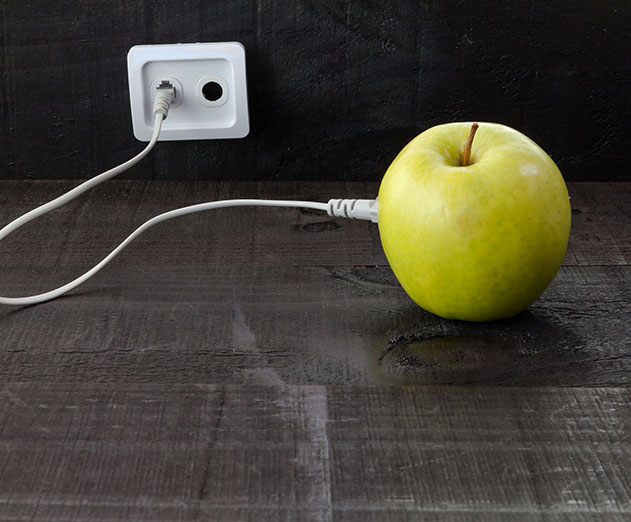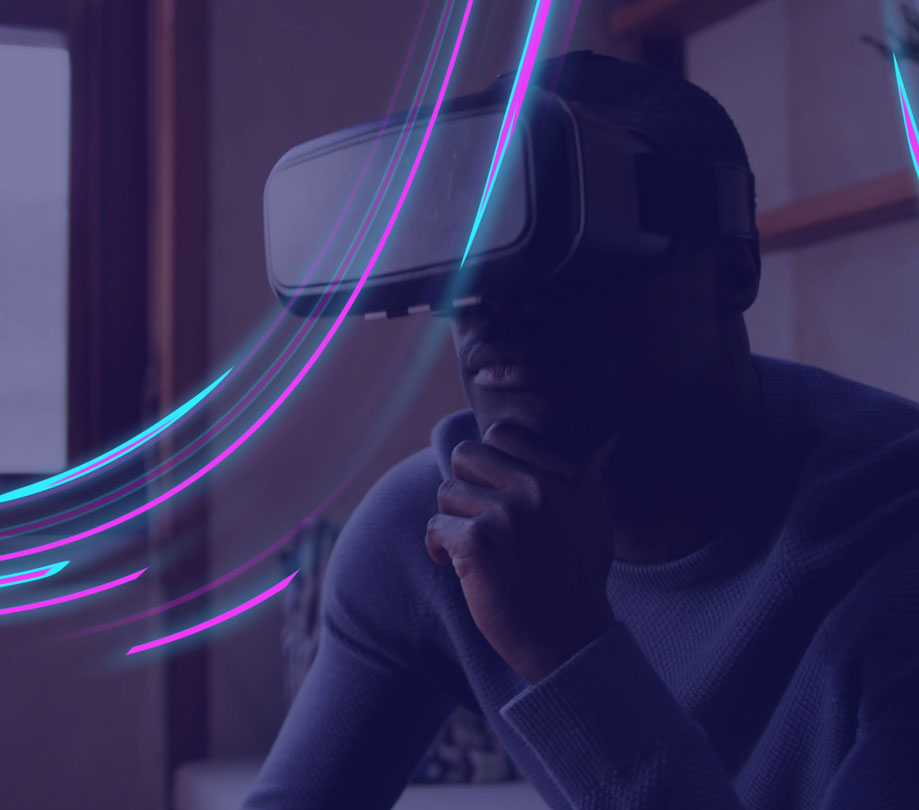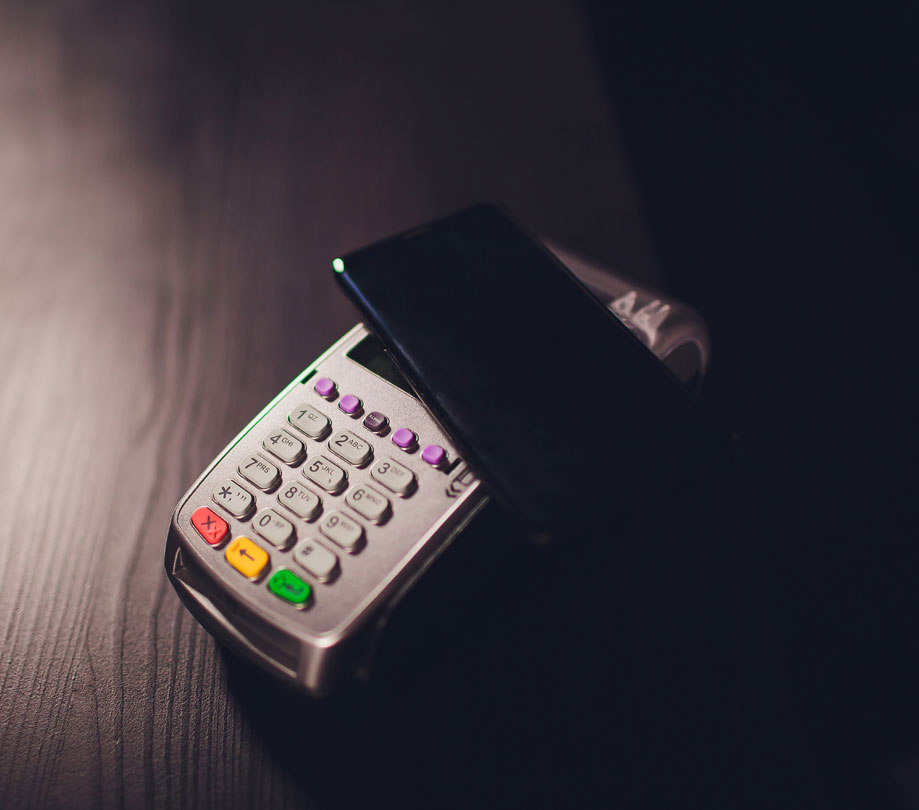7 hurdles in IoT mobile app development
Thursday, November 3, 2016

|
Daniel Myers |
For manufacturers interested in developing connected products for the Internet of Things (IoT), mobile app development represents entirely new and unknown territory. And even experienced mobile app developers find that the IoT poses all kinds of new challenges.
Before embarking on any connected-product project, it’s crucial to understand why IoT mobile apps are different, and how that difference will affect your IoT development process. Here are 7 hurdles that threaten to trip up any IoT mobile app development, and how to sidestep them in your projects.
Here’s a simple but difficult truth for many manufacturers to accept: To the users of your IoT-connected products, the mobile app is your product. It’s what they interact with to control your connected products, so in their minds it becomes synonymous with the product itself.
This reality demands that manufacturers make a fundamental shift in perspective. You can’t view the mobile app as an add-on or afterthought to your IoT products - something that can be separated out and worked on independently. Instead, you must design connected products with a holistic, integrated approach. This means keeping mobile app considerations in mind from the outset of the design process through the entire lifetime of your IoT products.
Have you thought about the huge variation in mobile device form factors and screen sizes, in both smartphones and tablets? What about the different operating systems and their many versions? How long will you continue to support particular OS versions? And how will your IoT mobile apps support future OS upgrades and new form factors?
Writing mobile apps that can work with all the possible mobile device variables out there requires skilled software developers - either in-house or outsourced. And when the mobile apps are for IoT products, those software developers will also have to consider factors such as wireless networking and cloud support.
An IoT product does not exist as an isolated, discrete entity. Rather, its identity has three major parts the product itself, the cloud, and the mobile app interconnected by various networking and communications avenues.
For that reason, every IoT mobile app must be built to recognize and play well with all the cloud and connectivity aspects that are an inherent part of your connected products.
If you’re like most manufacturers, you are justifiably proud of your products’ many capabilities. After all, you’ve spent considerable time and engineering budget creating features to differentiate your products and set them apart from your competitors’ offerings. Even a product like a connected water heater, not usually associated with an abundance of whiz-bang features, might have a hundred or more properties in its data model.
But in the IoT, the mobile app not the physical product itself becomes the focal point of interaction for users of your products. As a result, you’ll have to rethink how many features you want to include in your IoT mobile app, to avoid forcing users to scroll through multiple menu layers to find what they need. In the case of a connected water heater, end customers might care about only a dozen or so of the more than 100 properties so those are the only features you should include in your IoT mobile app.
People use mobile devices for more and more activities in their daily lives, and we’re all becoming savvy about what to expect when we use a smartphone or tablet. One of the things we expect is a great user experience.
Mobile app user experience includes everything from the aesthetics of the app its look and feel, its feedback mechanisms, its buttons and other controls -to how intuitive it is to navigate, how quickly users can do what they want to do, and how easy it is to install, register, and update the app. Cutting corners on any aspect of the IoT mobile app user experience will diminish the perceived value of your connected product and of your company’s precious brand. On the other hand, building IoT mobile apps that people really want to use will enhance your offerings in the eyes of your customers.
It’s obvious that everyone expects that their connected products, IoT mobile apps, and the data moving among products, clouds, and apps will be secure. Providing this security, however, is not at all obvious. In fact, it’s downright difficult.
Security is also a continuous and continuously evolving specialty. It’s not something you “do” once and you’re done. IoT security must encompass everything about the IoT product, IoT cloud, and IoT mobile app, as well as all the interactions and interconnections among them. At the mobile app level, security issues include access control, user authentication, wireless security, setting up and initiating secure sessions, and encryption of both user data and data generated by the connected device.
The state of the art of mobile app development continues to expand, and you’ll want to be able to incorporate new features and capabilities that can enhance your connected products and their use. For example, in the future you might want to add things like geofencing or Bluetooth beacons or voice control or touch authentication to your IoT mobile app.
Providing this level of future flexibility begins with a fundamental application development question: Will you build your IoT mobile app using native code or hybrid code? Using native code requires higher-priced developers proficient in more advanced programming languages, but native code can get you to market faster and makes it easier to update your mobile app. Using hybrid code costs less for the initial programming, but every iteration becomes essentially a custom programming effort.
Building a great IoT mobile app is neither quick nor easy. But spending time planning the details of your IoT mobile app, and devoting sufficient budget and skilled resources to the process, can help you overcome the hurdles and earn you untold long-term value.
This content is made possible by a guest author, or sponsor; it is not written by and does not necessarily reflect the views of App Developer Magazine's editorial staff.
Before embarking on any connected-product project, it’s crucial to understand why IoT mobile apps are different, and how that difference will affect your IoT development process. Here are 7 hurdles that threaten to trip up any IoT mobile app development, and how to sidestep them in your projects.
#1: Misunderstanding the fundamental role of mobile apps in IoT products
Here’s a simple but difficult truth for many manufacturers to accept: To the users of your IoT-connected products, the mobile app is your product. It’s what they interact with to control your connected products, so in their minds it becomes synonymous with the product itself.
This reality demands that manufacturers make a fundamental shift in perspective. You can’t view the mobile app as an add-on or afterthought to your IoT products - something that can be separated out and worked on independently. Instead, you must design connected products with a holistic, integrated approach. This means keeping mobile app considerations in mind from the outset of the design process through the entire lifetime of your IoT products.
#2: Treating mobile devices as a single, cohesive market
Have you thought about the huge variation in mobile device form factors and screen sizes, in both smartphones and tablets? What about the different operating systems and their many versions? How long will you continue to support particular OS versions? And how will your IoT mobile apps support future OS upgrades and new form factors?
Writing mobile apps that can work with all the possible mobile device variables out there requires skilled software developers - either in-house or outsourced. And when the mobile apps are for IoT products, those software developers will also have to consider factors such as wireless networking and cloud support.
#3: Neglecting cloud and connectivity issues
An IoT product does not exist as an isolated, discrete entity. Rather, its identity has three major parts the product itself, the cloud, and the mobile app interconnected by various networking and communications avenues.
For that reason, every IoT mobile app must be built to recognize and play well with all the cloud and connectivity aspects that are an inherent part of your connected products.
#4: Loading too many features onto your mobile app
If you’re like most manufacturers, you are justifiably proud of your products’ many capabilities. After all, you’ve spent considerable time and engineering budget creating features to differentiate your products and set them apart from your competitors’ offerings. Even a product like a connected water heater, not usually associated with an abundance of whiz-bang features, might have a hundred or more properties in its data model.
But in the IoT, the mobile app not the physical product itself becomes the focal point of interaction for users of your products. As a result, you’ll have to rethink how many features you want to include in your IoT mobile app, to avoid forcing users to scroll through multiple menu layers to find what they need. In the case of a connected water heater, end customers might care about only a dozen or so of the more than 100 properties so those are the only features you should include in your IoT mobile app.
#5: Skimping on the user experience
People use mobile devices for more and more activities in their daily lives, and we’re all becoming savvy about what to expect when we use a smartphone or tablet. One of the things we expect is a great user experience.
Mobile app user experience includes everything from the aesthetics of the app its look and feel, its feedback mechanisms, its buttons and other controls -to how intuitive it is to navigate, how quickly users can do what they want to do, and how easy it is to install, register, and update the app. Cutting corners on any aspect of the IoT mobile app user experience will diminish the perceived value of your connected product and of your company’s precious brand. On the other hand, building IoT mobile apps that people really want to use will enhance your offerings in the eyes of your customers.
#6: Overlooking security
It’s obvious that everyone expects that their connected products, IoT mobile apps, and the data moving among products, clouds, and apps will be secure. Providing this security, however, is not at all obvious. In fact, it’s downright difficult.
Security is also a continuous and continuously evolving specialty. It’s not something you “do” once and you’re done. IoT security must encompass everything about the IoT product, IoT cloud, and IoT mobile app, as well as all the interactions and interconnections among them. At the mobile app level, security issues include access control, user authentication, wireless security, setting up and initiating secure sessions, and encryption of both user data and data generated by the connected device.
#7: Forgetting to consider future unknowns
The state of the art of mobile app development continues to expand, and you’ll want to be able to incorporate new features and capabilities that can enhance your connected products and their use. For example, in the future you might want to add things like geofencing or Bluetooth beacons or voice control or touch authentication to your IoT mobile app.
Providing this level of future flexibility begins with a fundamental application development question: Will you build your IoT mobile app using native code or hybrid code? Using native code requires higher-priced developers proficient in more advanced programming languages, but native code can get you to market faster and makes it easier to update your mobile app. Using hybrid code costs less for the initial programming, but every iteration becomes essentially a custom programming effort.
Putting it All Together
Building a great IoT mobile app is neither quick nor easy. But spending time planning the details of your IoT mobile app, and devoting sufficient budget and skilled resources to the process, can help you overcome the hurdles and earn you untold long-term value.
This content is made possible by a guest author, or sponsor; it is not written by and does not necessarily reflect the views of App Developer Magazine's editorial staff.

Become a subscriber of App Developer Magazine for just $5.99 a month and take advantage of all these perks.
MEMBERS GET ACCESS TO
- - Exclusive content from leaders in the industry
- - Q&A articles from industry leaders
- - Tips and tricks from the most successful developers weekly
- - Monthly issues, including all 90+ back-issues since 2012
- - Event discounts and early-bird signups
- - Gain insight from top achievers in the app store
- - Learn what tools to use, what SDK's to use, and more
Subscribe here










